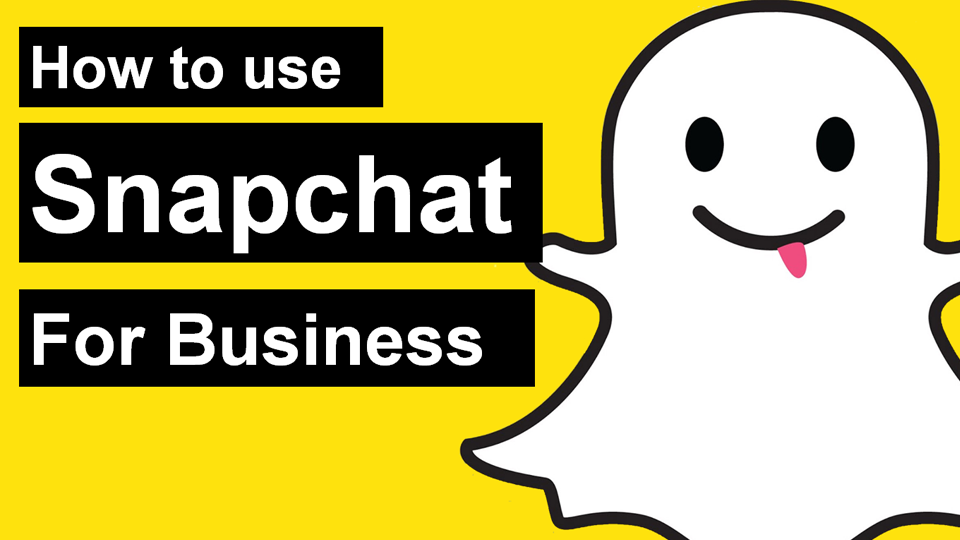The metrics you should analyze in your online marketing campaign

Analysis is what makes marketing a science rather than a gamble. For many entrepreneurs, online marketing is a superfluous expense, something that is only budgeted for when all other areas are covered. This is because the result and performance of an online marketing campaign are uncertain: it may be a resounding success and that with which you get new customers, or it can be an apparent failure, with which you will have wasted time and money.
A regular and comprehensive analysis of these 12 most relevant online marketing metrics will help you overcome this unpredictability factor and ensure the success of your campaigns.
-
On the Relevant Sites
– Total tours: Visitors can be measured on both the main web and on any other site relevant to strategy, such as a blog or landing page. Total visits will help you have a global focus on how actions that aim to direct traffic work, as well as detect problems when this value changes dramatically in a short period.
– New sessions: This metric can be found in Google Analytics and lets you know how many visitors are new and how many are recurring. You can find out if your site has enough engagement or if the outreach efforts are fruitful, as well as detect what effect the changes you make have.
– Channel-specific traffic: Ideal for large campaigns, this metric available in Google Analytics lets you know which channels bring the most traffic to your site (direct, through references, organic, or social). Once you detect them, you can allocate more resources to the most relevant channels.
– Bounce rate: It tells you what percentage of users have left the site having visited only the entry page, i.e., without interacting with the site. This percentage should be low, so if you notice that you have a high bounce rate, you will have to analyze what improvements to make to keep visitors.
– Total conversions: This is one of the most important metrics to measure the profitability of investment in marketing. There are different conversion definitions, so first you have to define yours (complete a form, a final purchase?) And set your goals. Analyze this data with special attention, a low conversion could be the result of a poor design of the strategy, bad offers, or a low quality of the visitors to the website.
– Cost by lead: The CPL is different depending on the type of strategy chosen for each channel, making it a much more specific metric than those mentioned so far. To calculate this, compare the monthly cost of a campaign to the number of potential customers generated over the same period. Be sure to take into account the costs-invisible, such as time, start-up, and other associated costs.
– Return on investment: Undoubtedly, ROI is the most important metric for any marketing campaign, as it allows you to get the return on the investment. This will facilitate budget optimization and help with better decision-making. The following equation is used to calculate it:
ROI = (Benefit-Investment)/Investment
-
On Social Media
– Popularity: A global marketing strategy is also made up of actions on social networks. Select those networks or channels where you want to have a presence and follow very closely the evolution of the popularity of your pages (likes, followers…). Check out what kind of actions bring more traffic to your networks.
– Potential scope: The scope allows you to know how many people your message can get to, and some networks, like Facebook, incorporate it among their statistics. However, when one of your posts is shared or retweeted, this scope is much greater. To give you an idea of this potential scope, use the following formula:
No followers when posting – No followers for each user who shares you
– Interaction: Interaction includes all actions in which users relate to you on social media. Take a check on the likes of your publications (applause rate) and the compartments (amplification rate). Both will provide you with very valuable information about the interests of your followers, and you can optimize actions.
– Engagement: They compose the engagement of those actions of the users who, although not generating a story about the publications, show us some interest in them. Some are video reproductions, image visualizations, link clicks inserted… And they help us to have a deeper understanding of the user behavior on the page.
– Conversion Ratio: In the same way as on the website, we must define what a conversion is for us, and with it, compare the number of actions made with the conversions obtained through them.










